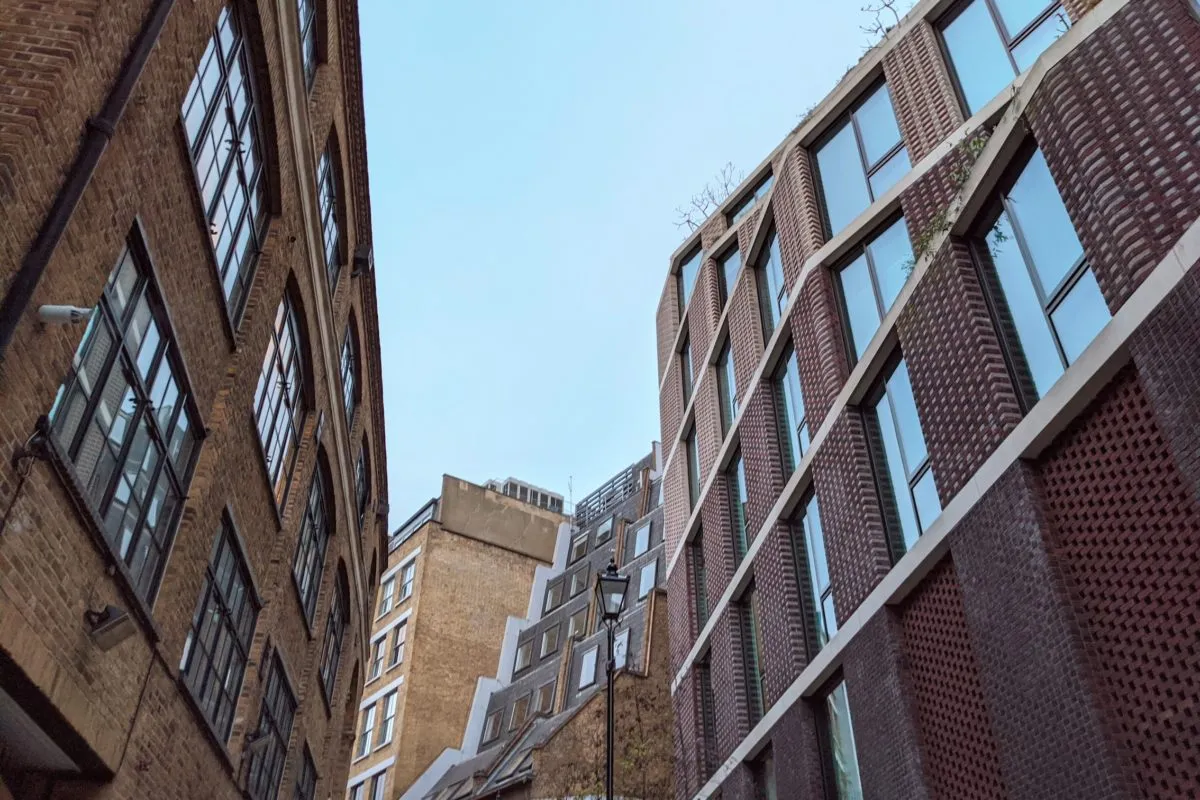The Neighbourhood
‘Clerkenwell’ and ‘Farringdon’ are sometimes used interchangeably but strictly speaking, Clerkwenwell is the Northern section closer to Islington and Farringdon borders The City to the South.
Clerkenwell has transitioned from an industrial and manufacturing past to becoming a natural home for design and architect studios – it is no surprise the latter are drawn here. In a 5 minute walk you can take in medieval backstreets, Victorian warehouses and avant-garde blocks like 15 Clerkenwell Close.
The dining and pub scene is one London’s best. Both Exmouth and Leather Lane markets have a great selection of independent businesses and open on weekdays. Meanwhile, Smithfield Market has operated in the area for around 1,000 years as one of the world’s oldest wholesale markets.
Clerkenwell is not short of cultural attractions. Sadler’s Wells is London’s most established modern performing arts venue and the Barbican Centre is just a short walk away. The annual Clerkenwell Design Week showcases the work of hundreds of local and international studios.
Previously not the best connected area, the introduction of the Elizabeth Line at Farringdon Station has been genuinely transformative, bringing much of central London within easy reach. Bond Street is now a 5 minute ride away and Heathrow is under 35 minutes.
Green space mainly consists of public squares and pocket parks including Spa Fields Park and Charterhouse Square.
The Market
Clerkenwell has always attracted a large contingent of City workers and is less reliant on overseas buyers than more central postcodes. This means the market is less exposed to fluctuations in exchange rates stock markets. It can represent excellent value by central London standards. Sales of genuine best-in-class property occasionally exceed £1,500 per sq ft. but there are good opportunities under £1,000 per sq ft.
Myddelton Square is a standout location with its Georgian townhouses surrounding the imposing St Mark’s Church. Landmark buildings include New River Head (formerly home of the Metropolitan Water Board) with its opulent communal areas and the iconic art deco Ziggurat Building. The Postmark development has brought more than 650 new build flats to the area and was marketed as central London’s last opportunity for a large-scale new build covering several acres.
Despite the occasional unconverted townhouse, the overwhelming majority of property is leasehold flats – explaining the lack of families in the area.
